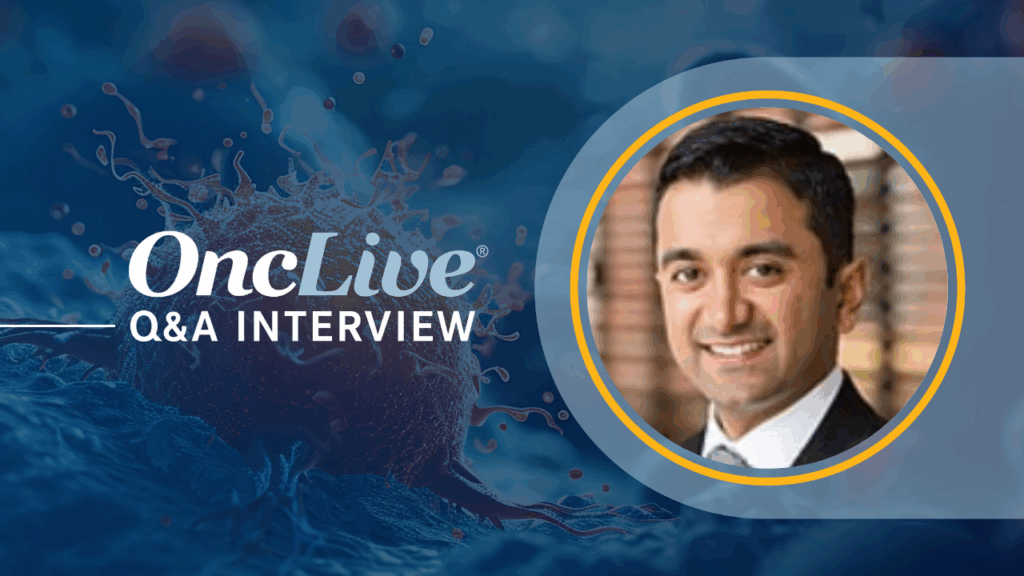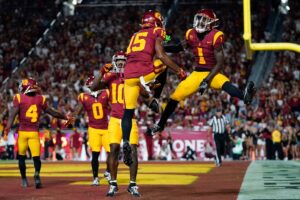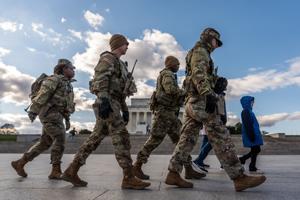
The experimental CAR T-cell therapy, arlocabtagene autoleucel (arlo-cel), may provide a significant treatment option for patients with relapsed or refractory multiple myeloma, especially those previously treated with BCMA-directed therapies. Findings presented by Omar Nadeem, MD, at the 22nd Annual International Myeloma Society Meeting in Toronto indicate that arlo-cel achieved high response rates and maintained a manageable safety profile in a challenging patient population.
In a phase 1 trial (NCT06121843) involving patients with one to three prior lines of treatment, the therapy demonstrated an overall response rate (ORR) of an impressive 94%, which included a 71% complete response (CR) rate. At a median follow-up of 18.3 months, the results revealed that 56.3% of evaluable patients achieved minimal residual disease (MRD) negativity, all of whom had reached MRD-negative complete responses. The median progression-free survival (PFS) was recorded at 24.3 months.
The trial focused on patients who had received 1 to 3 prior lines of therapy, many of whom were previously treated with BCMA-targeted therapies. This subset was evaluated to determine whether earlier intervention with arlo-cel could yield similarly deep and durable responses as seen in patients with more extensive treatment histories.
Patients administered arlo-cel received a dose of 1.5 x 10^6 cells. Despite being considered earlier-line patients, the median number of prior therapies was 2, indicating a refractory population. Notably, cytokine release syndrome (CRS) occurred in 84% of participants, but no grade 3 or higher CRS cases were reported, which suggests a favorable safety margin. Additionally, while 84% of patients experienced neutropenia, all cases of cytopenia eventually resolved.
Infection rates were relatively low, with 55% of patients experiencing infections, and no serious infections were reported. Adverse effects associated with GPRC5D targeting, such as dysgeusia and skin changes, were observed in about one-third of the patients but were transient in nature. Two patients experienced neurotoxicities like ataxia and gait disturbances, which remained mild (grade 2 or less) at the time of the data cutoff after approximately 18 months.
The efficacy data presented shows that the majority of patients responded well to therapy, with around 75% maintaining their response after one year. At the cutoff, 62% of responders continued to show ongoing responses, underscoring the promising activity of arlo-cel.
Currently, multiple BCMA-directed CAR T-cell therapies have received approval, but arlo-cel stands out as a crucial option targeting GPRC5D, an antigen with limited current therapeutic options. There remains an unmet need for effective CAR T-cell therapies in this area.
Dr. Nadeem emphasized the importance of these findings in the broader context of CAR T-cell therapy development and highlighted the ongoing phase 3 trial that is comparing arlo-cel with standard-of-care treatments for earlier-line multiple myeloma patients. The results appear to pave the way for new possibilities in treating this challenging disease, offering hope to a patient population in need of more effective therapies.
As research continues, the potential of arlo-cel may significantly impact treatment strategies for relapsed or refractory multiple myeloma, marking a step forward in the development of targeted therapies for this condition.







